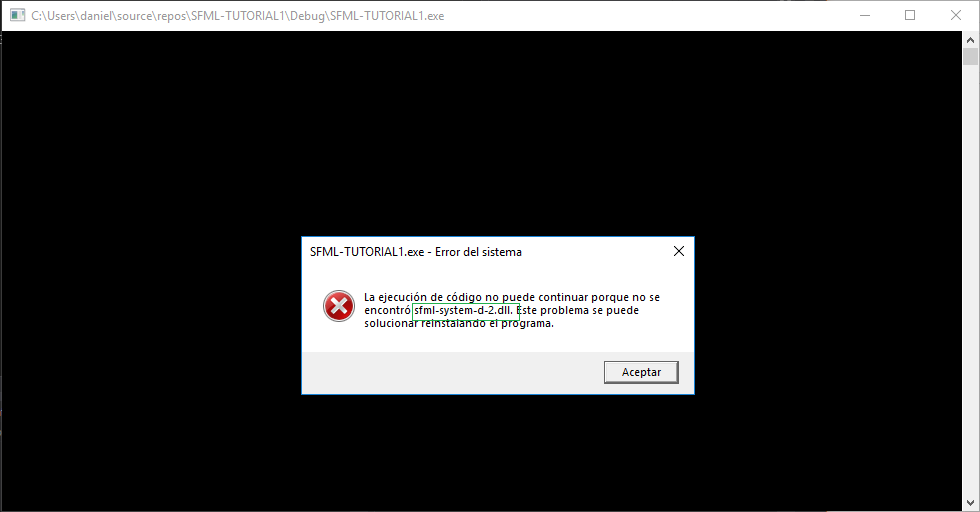

Now that we have the libraries and header files copied into our project, we need to tell Visual Studio about them. Leave the SFML folder open, we will need it again in a second. The contents should look something like this:Ĭopy the folders include and lib to your project directory, which should now look something like this: Open up the archive you downloaded earlier from sfml. You will notice lots of errors in Visual Studio, like so:ĭon’t worry, we will fix these in a second. #include "SFML/Graphics.hpp" int main ( int argc, char ** argv ) Now choose C++ file and name it Main.cpp. In solution explorer, right click your the Source Files folder in your project and choose Add->New Item. We now have a project, let’s add a bit of code to it. Name it and locate it however you want then click ok.Ī new window will pop up, click next, then on the next screen, I used the following settings: Now load up Visual Studio and create a new C++ project of type Win32 Console Application:
#Dll files visual studio sfml zip file#
Now that we have SFML downloaded, extract the resulting zip file somewhere. In the end though, it doesn’t really matter which one you choose, just be aware of the results. Additionally, for a 2D game, 64bit doesn’t really get you all that much in return. A 32bit binary can run on a 64bit OS, but not the opposite. This is especially true if your game is meant to run on Windows XP. Keep in mind, even though you OS is 64bit, it is likely that you want to use the 32bit version. This mostly comes down to identifying what C++ compiler you are using as well as the “bit-ness” you want to target. Now you need to figure out which version to download. Head on over to the SFML download page and select the newest SFML version, as of writing 2.3.2: If you are running Visual Studio 2015 instead, the process should be virtually 100% identical, although you will have to download a different set of files.įirst you need to download a version of SFML.
#Dll files visual studio sfml how to#
This text tutorial is a companion to this video tutorial showing how to create and configure a new SFML project using Visual C++ 2013.


 0 kommentar(er)
0 kommentar(er)
